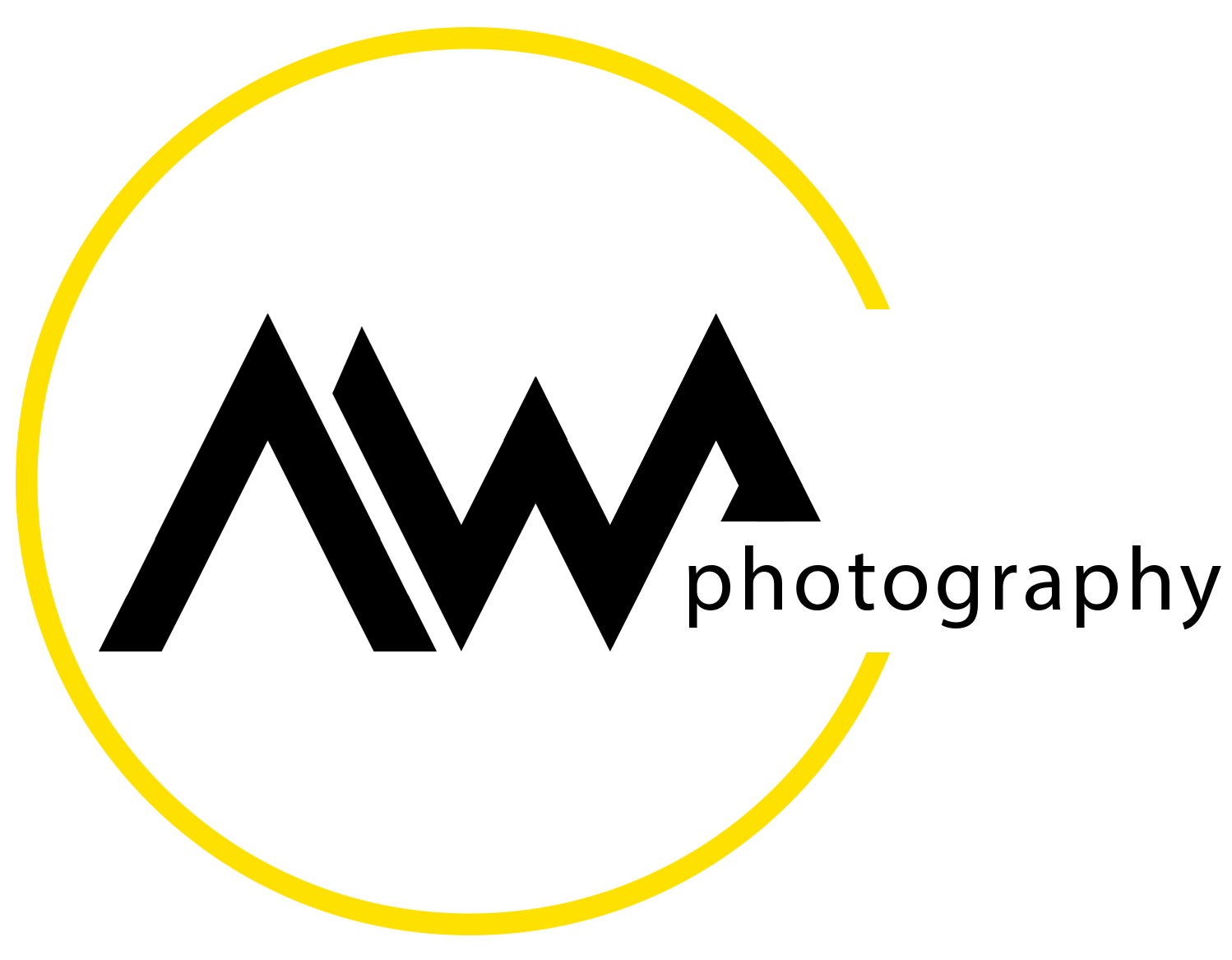Extreme macro photography on a budget - Part 1 - The equipment
/A common misconception about macro photography is that you need a ton of specialized gear and expensive accessories to get really good pictures. It is certainly true that you can spend a small fortune on dedicated macro lenses, fancy macro flash systems, and macro-related gadgets. But you don't have to.
In this post, I am going to show you how to build a macro photography setup that will allow you to take breathtaking, extreme close-up photographs without breaking the bank.
The left compound eye of a red paper wasp
I have combined two principles of macro photography in assembling this lens. Firstly, extension tubes are used to move the lens away from the camera's sensor. The second principle involves reversing the orientation of the lens. I'll explain my reasoning in a minute, but for now, this is what the setup looks like.
The budget extreme macro photography setup
Let us begin with a rundown of the various components of this simple setup:
Camera - It doesn't matter what kind of DSLR you use. Whatever you have on hand will work. I'm using an APS-C Nikon D7500 for this demonstration.
Tripod - Any sturdy tripod will do. I don't like tabletop models for this kind of work. You need something that isn't going to move or vibrate.
Focus rail - This is an essential accessory for extreme macro photography. In this case I am using a very cheap, manually operated rail that moves the camera left and right, as well as forwards and backwards, with the twist of a knob. This particular model costs less than $20 from Amazon.
Lighting - For extreme macro work I prefer flash to continuous lighting, but you can use either. Here I am using a couple of Godox speedlights that I'm triggering with a Godox X1 controller. You could also use any slave flash you have on hand and trigger it with the built in camera flash. I like this arrangement because I can adjust the output from each flash independently to get some nice depth into the images. Notice that the speed lights have diffusers attached. Again, you can use whatever you have, including a couple of sheets of paper or packing foam, to get the same effect.
Extension tubes - These can be the cheapest tubes on the market. You can get tubes with electrical connections that allow your camera and lens to communicate, but that is not necessary here (the lens we are going to use isn't even from a camera, so our camera couldn't talk to it anyway). You can pick up a whole set of these tubes for under $10 through Amazon. To maximize the magnification in this setup, I used two sets of tubes together, for some of these pictures.
Lens - I am using an old flat-field enlarger lens. The Nikon EL-Nikkor 50mm f/2.8 is a sharp, versatile, available, and CHEAP lens. I picked up several of these awesome lenses on eBay for around $20 each. Compare that to the $900 price tag on a new Nikon Micro 105mm f/2.8 macro lens!
Adapters - Remember that we need to mount this lens backwards on the extension tubes. For that you will need a reversing ring. The filter thread on the front of our lens has a 39mm diameter which we need to attach to the standard F-mount of the extension tubes. This was easily accomplished with a $5 step up ring and $7 reversing ring, both available on eBay.
From left to right: reversed enlarger lens, adapter rings, extension tube set, and camera
My dirt cheap macro focusing rail works like a charm!
That's all there is to it! For the very modest investment of $40 you are ready to explore the world of extreme macro photography.
Compound eye detail - red paper wasp
I added a second set of extension tubes to take the image above. This gave me magnification of approximately 3.5:1, well beyond the reach of most dedicated macro lenses.
In the second part "Extreme macro photography on a budget", we will look at how the images in a focus stack are captured and prepared for processing. In the final section we will get into image processing and compare a few of the popular software options that are currently available.
Another great resource for macro photography, with a ton of useful information, can be found over on Pixpa… check out this excellent macro article on their blog!
Thanks for dropping by! Please leave any questions or comments below. And let me know about your budget macro setup and why you chose it.





